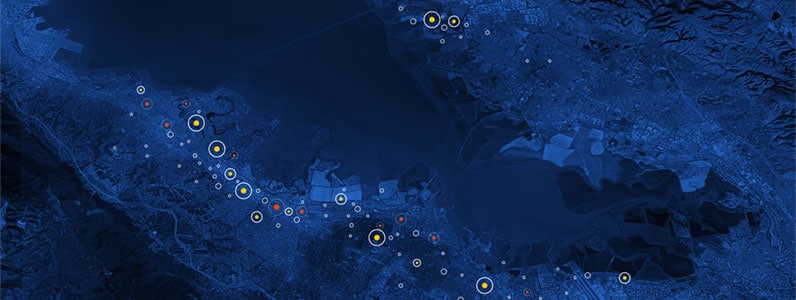Forgive the click bait title – but I am serious. Our work with foodservice manufacturers involves many CRM system implementations that cannot tell which operators are customers currently buying from them, and which are prospects. In the world of foodservice manufacturing, the only way to know this is by clear visibility to location level sales.
Really? Doesn’t CRM stand for Customer Relationship Management? Not necessarily in the foodservice manufacturing industry. Like most all enterprise-grade software, CRM can actually set an organization back if not implemented well. Without measurement, management is unable to measure the results (and ROI) of their CRM implementation.
Here’s the tricky part about Foodservice CRM
Sales talks to Operator ‘Sell-To’ locations where decisions are made. But nearly all ‘Sell-To’ operator contacts worthy of a direct sales call are responsible for multiple ‘Ship-To’ locations. For CRM to know the difference between customers and prospects, it must know the relationship between the single ‘Sell-To’ and the multiple ‘Ship-To’ locations and have visibility to actual purchase behavior.
This is an especially tough nut for non-commercial segments sold through broadline foodservice distribution. For example:
- Say Sales gets a verbal order for new volume – at a contract price – from the buyer at the Boston Hospital Group and inputs this closed opportunity into CRM.
- If all goes according to the plan, 8 related Ship-To hospitals will purchase. The volume will be found within the distributor billback a few weeks later.
CRM Implementation Really Matters
It is generally accepted that CRM is not a good place to try and store all purchase history. Just the import of hundreds of thousands of ‘Ship-To’ locations into a fresh clean new CRM system will clog it up so fast it will be instantly unusable. All our work over the last 3 years have pointed to the same conclusion: CRM should only have ‘Sell-To’ locations. But stopping there leaves CRM ignorant to customers. And that is, unfortunately, the state of nearly all foodservice manufacturer CRM systems today.
CRM should only have ‘Sell-To’ locations. But stopping there leaves CRM ignorant to customers. And that is, unfortunately, the state of nearly all foodservice manufacturer CRM systems today.
Enter a Go-To-Market Platform
With a foodservice go-to-market system, like Explore with the OPTRADE data sharing community, ‘Sell-To’ locations in CRM can be related to ‘Ship-To’ locations coming from trade rebate and billback transactions. A regularly updated purchase activity snap sent to your CRM system informs users, enabling data-driven conversations from that point forward.
Finally, Let’s envision CRM knowing who your customers are
Download our full infographic get our guide on unlocking your customer data. Without such basic knowledge of the business, measurement of results gets foggy. Then people start to question the investment. Put your CRM system on a path to help your organization by connecting to a foodservice go-to-market platform, such as Explore with OPTRADE data sharing community.
SEPTEMBER 26, 2018 – CHICAGO, IL – Be part of an elite group that navigates the direction of your organization and your industry.






